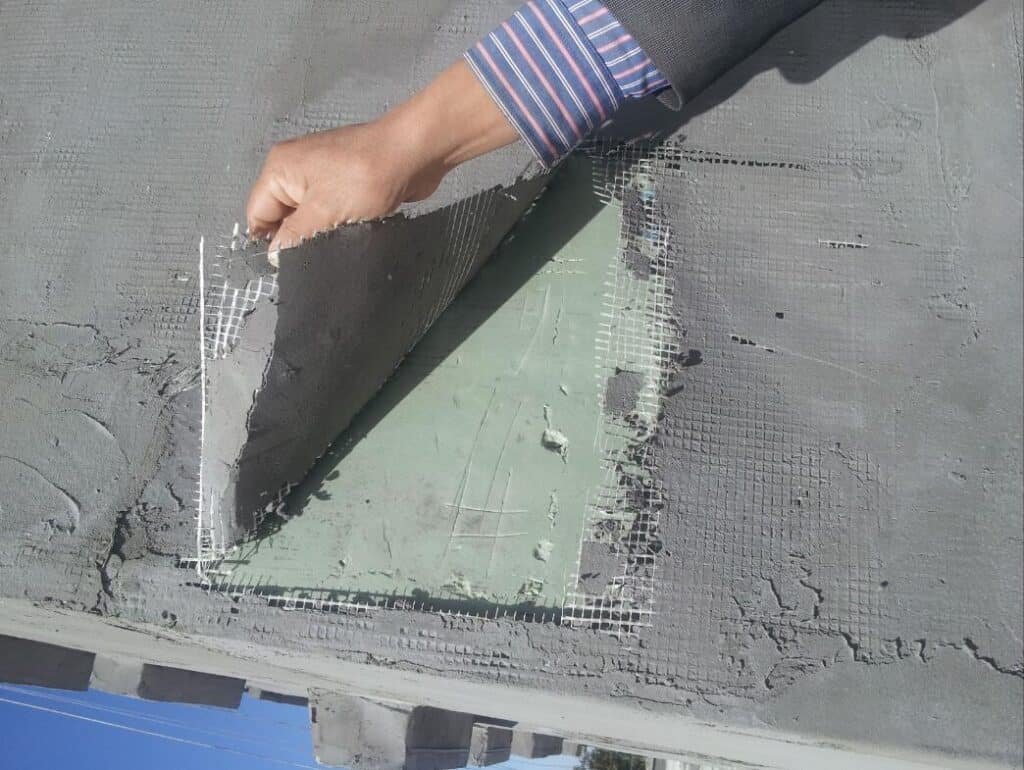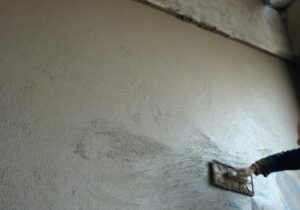Ultimate Guide To Plastering Mortar And How to use ?

What is the plastering mortar ?
Dry-mix plastering mortar is a pre-mixed plastering mortar that contains cement, lime, fine sand, additives, and other auxiliary materials.
In order to maintain the beauty and decorative effect of the building surface for a long period of time, plastering mortar has high compressive strength (usually 10-20MP), good adhesion, uniformity, and water resistance. As a result, even in a humid environment, the wall is stable and water resistant.

The dry-mix plastering mortar is widely used in construction. It is suitable for plastering a wide range of wall surfaces, including brick walls, concrete walls, etc. It is an ideal plastering material because it is convenient to construct, fast to construct, and has a beautiful effect. The production process of prefabricated dry-mix plastering mortar has a relatively high level of standardization and standardization, thus ensuring quality and consistency.
Plastering mortar application field?

In benzene thin plaster thermal insulation systems, plastering mortar is primarily used as an anti-crack protective layer outside of the thermal insulation layer to form an excellent surface layer that prevents cracking and seepage, protecting the comprehensive performance of the thermal insulation base layer and improving the affinity between the thermal insulation surface layer interface. An excellent interface base is provided by the subsequent construction of facing materials.
In construction projects, ordinary plastering mortar is the most widely used plastering mortar. In addition to protecting the building from erosion caused by wind, rain, and harmful impurities, it also improves the performance of moisture resistance, corrosion resistance, and weathering resistance, and increases durability; at the same time, it provides a smooth, clean and beautiful surface for the building.
Construction usually involves the use of two or three layers of plastering mortar. As the mortar requirements differ from layer to layer, the mortar selected for each layer will vary as well. In general, the bottom mortar is used to bond the base layer together. In order for the mortar to be effective, it must be workable and cohesive.
Therefore, the water retention of the bottom mortar should be good, otherwise the water will be easily absorbed by the base material and affect the mortar’s cohesion. A rough base surface is conducive to bonding with the mortar. The plastering of the middle layer is mainly for leveling, and sometimes it can be omitted. In the case of the surface layer, fine sand is used to produce smoothness and beauty.
Generally, lime mortar is used for the bottom plastering of brick walls; mixed mortar or lime mortar is used for the bottom plastering of slat walls or ceilings; knife lime mortar or paper lime mortar is used for concrete walls, beams, columns, roofs, etc.
Ensure that the plastered surface is clean, dry, and free of dust, dirt, grease, and loose particles, as well as removing any old paint or loose plaster before applying plastering mortar.
Using a steel trowel or plastering trowel, apply the mortar to the surface by starting at the bottom and working your way up. Wet the surface before applying the mortar to ensure that it adheres better. You will need to apply a thin layer of mortar (commonly referred to as scratch coat) as a primer, then apply subsequent coats as necessary. To create a smooth finish, use a combination of horizontal and vertical strokes.
When the mortar has been applied, use a ruler or a long plaster ruler to level and smooth the surface. Hold the ruler horizontally against the wall and push it in sweeping motions to remove excess mortar and achieve a consistent thickness.
The production process of plastering mortar:

1) Preparation of raw materials: The main raw materials for plastering mortar are cement, lime, sand, and other fillers. These raw materials need to be prepared according to specific proportions.
(2) Mixing Equipment: A mixer, mixing tank or concrete mixer truck is used to mix raw materials thoroughly in order to ensure uniformity and consistency.
3)Conveying equipment: Conveying equipment is used to transport mixed plastering mortar from the production equipment to the construction site. It may be a conveyor belt, a discharge hopper or a pump.
The advantage of plastering mortar
For plastering various wall surfaces, including brick walls, concrete walls, etc., prefabricated dry-mix plastering mortar is appropriate. This plastering material is convenient to construct, fast to construct, and has an attractive effect, making it an ideal plastering material. In addition, prefabricated dry-mix plastering mortar production processes are highly standardized and standardized, ensuring that quality remains stable and consistent.
Having A Project! We have you covered!
"Take the first step towards a successful dry mortar plant project and contact us now for expert guidance and support!"